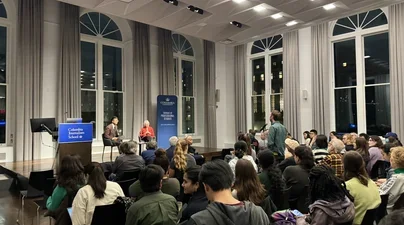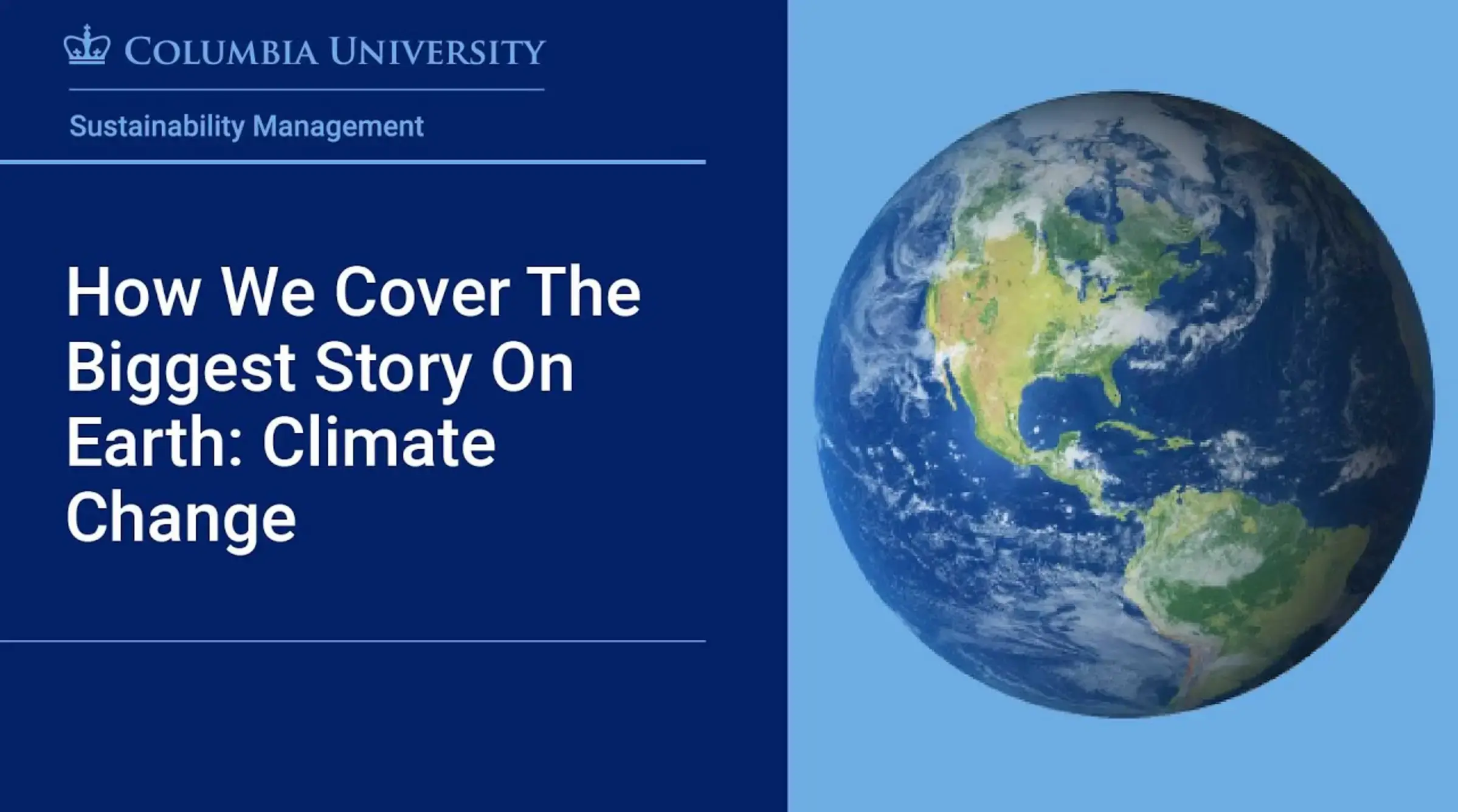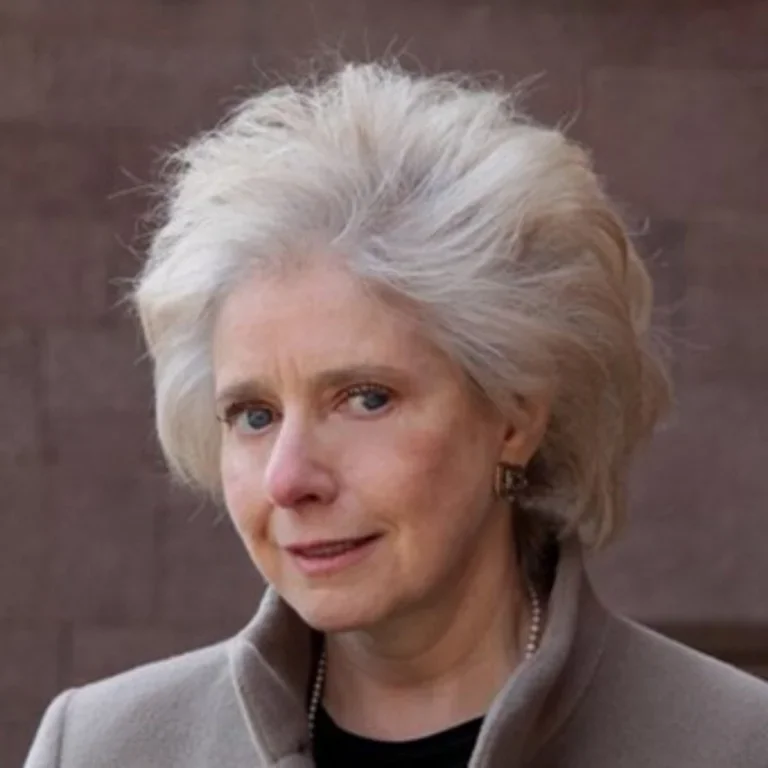Climate change is “the most important story, probably, on Earth,” according to Claudia Dreifus, an instructor in Columbia's M.S. in Sustainability Management program, “and yet very difficult to report on.”
The New York Times climate reporter Raymond Zhong was Dreifus's guest for “How We Cover the Biggest Story on Earth: Climate Change,” a wide-ranging conversation that offered some dire predictions about the planet's future—and some valuable advice for students interested in a career writing about it.
Zhong is a part of the New York Times team that won a 2021 Pulitzer Prize for their coverage of the COVID-19 pandemic. But science reporting wasn't always a career goal for Zhong. Prior to joining The New York Times Climate Desk, Zhong covered international affairs and technology in China, Taiwan, and New Delhi.
“Journalism careers are so unpredictable these days,” he said. “I've had the joy of hopping around a lot. I realized I liked reporting [on] human collisions with the natural world.”
Dreifus, herself a science journalist, noted that where Zhong has landed is far from an easy beat. For many years, complicated predictions and mathematical models kept most environmental stories off the front page.
Dreifus explores this issue with students in her popular class “Writing About Global Science for the International Media,” one of the first courses in the country aimed at teaching scientists journalism skills. Dreifus says that she designed her courses to “teach science and sustainability students how to do science journalism, and perhaps they could get to tell their own stories in their own voices.”
“When people first started thinking about climate change, it was very, very difficult to get stories into the media,” she said. “Then came Hurricane Katrina, and that changed everything. Is climate change more doable as a topic because it's more visible?”

Dreifus outlined three obstacles that are keeping environmental stories out of the news: the invisibility of the issue; greenwashing and disinformation by corporations; and that acceptance of environmental concerns “involves a certain amount of inconvenience in your own life.”
“There are now heatwaves in Nome, Alaska, and New York turns yellow because of forest fires in Canada,” she said. “No one can say they can't see it anymore.”
But getting media outlets interested is only one part of the battle. Keeping readers engaged is another major challenge.
“I think a lot about what readers feel when they read something,” Zhong said. “You want to provide, even within the context of a single story, a satisfying cocktail of entertainment. Even very bad news shouldn't be uniformly bad. It's sort of like a painting with one color. You should walk away feeling enriched, not absolutely gutted.”
“I write to engage my friends at the bar,” he added. “It's not policy makers; it’s not people in business. If I can do that with science, to make it feel like you're talking to a friend about it, but it's still informative, it's still accurate, then I've done my job. That's what I aim for.”
Views and opinions expressed here are those of the authors, and do not necessarily reflect the official position of the Columbia Climate School, Earth Institute or Columbia University.
About the Program
The Columbia University M.S. in Sustainability Management program offered by the School of Professional Studies in partnership with the Climate School provides students cutting-edge policy and management tools they can use to help public and private organizations and governments address environmental impacts and risks, pollution control, and remediation to achieve sustainability. The program is customized for working professionals and is offered as both a full- and part-time course of study.




